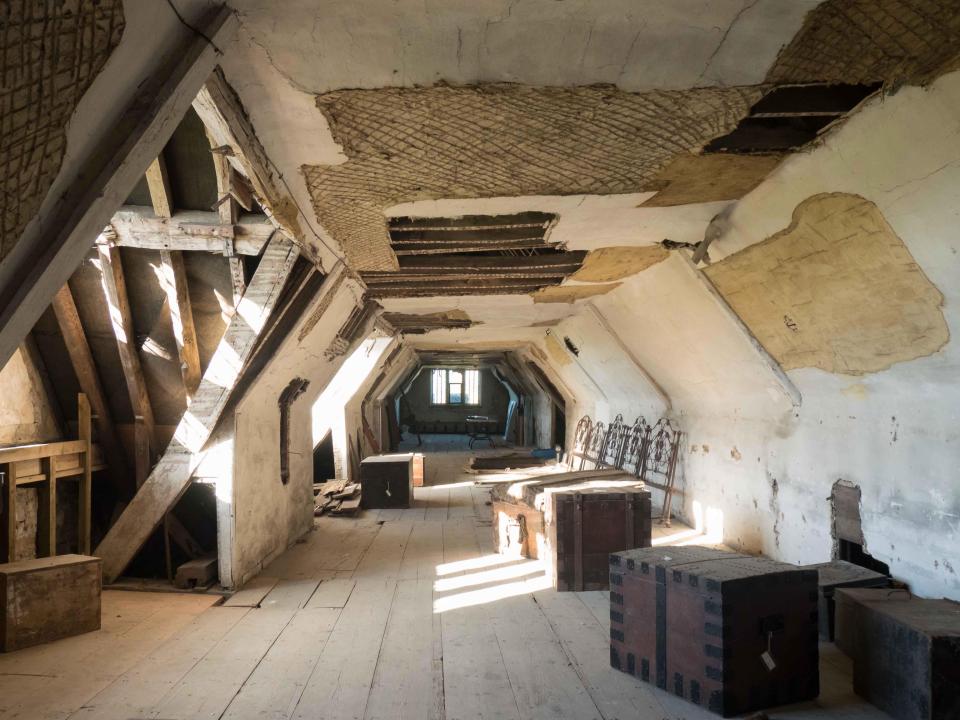Results
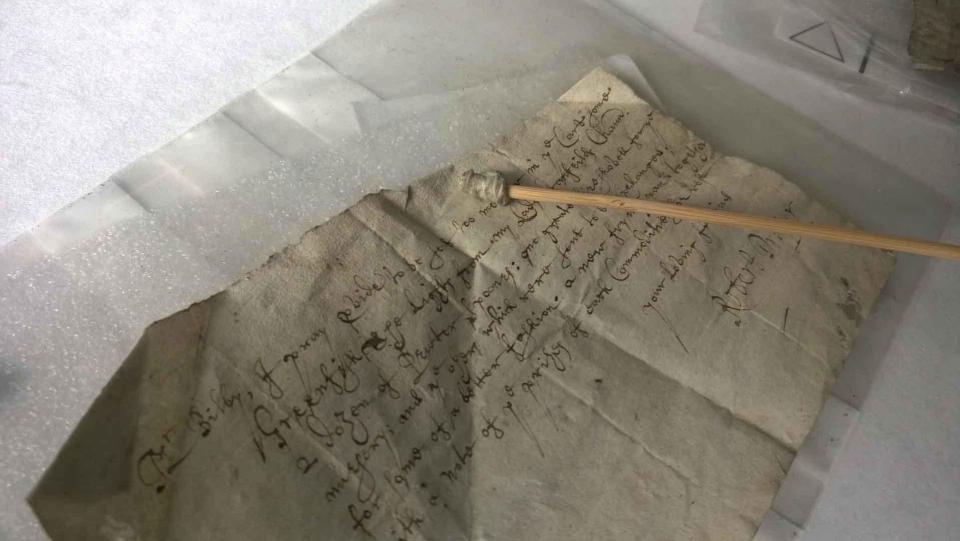
The magic that Cutajar had carried on the parchment paper was starting to be seen now!
After these processes, the parchment paper relaxed and the letters started flattening in a paper press. The additional technology that Cutajar used was infrared technology. And after this process was when the experts could get a proper look at the pages and now was the time that they could try and decipher the letters. But they had no idea what these letters would contain.
October 1633
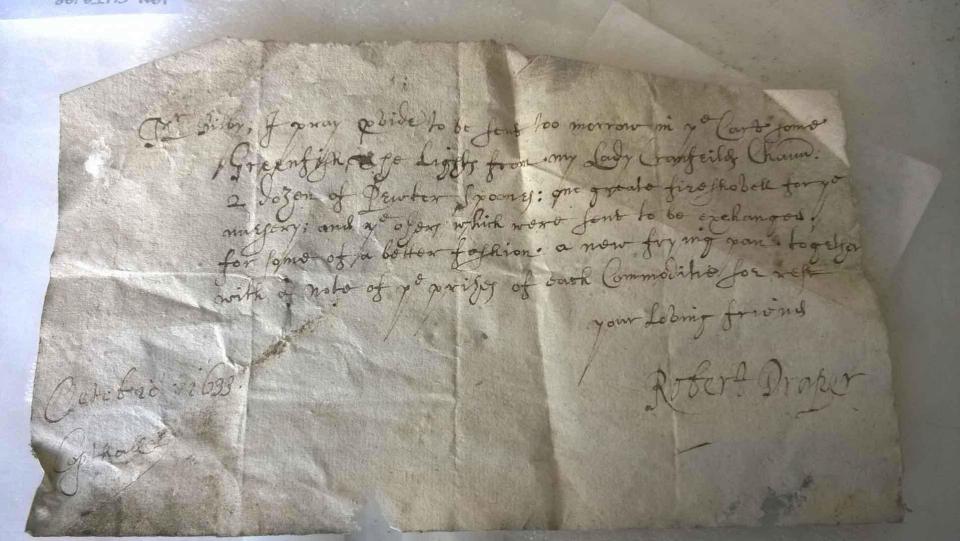
Amongst the three notes that Jim and Dan found the note which was most readable was the one that dated back to 1633 “Mr Bilby, I pray p[ro]vide to be sent too morrow in ye Cart some Greenfish, The Lights from my Lady Cranfeild[es] Cham[ber] 2 dozen of Pewter spoon[es]: one greate fireshovell for ye nursery; and ye o[t]hers which were sent to be exchanged for some of a better fashion, a new frying pan together with a note of ye prises of such Commoditie for ye rest. Your loving friend, Robert Draper. Octobre 1633, Copthall.” What did this letter mean?
Insight
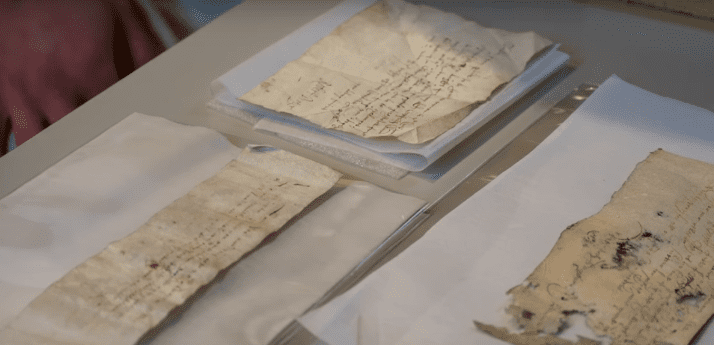
This letter that was deciphered gives us an insight into the daily life of the people who lived in this estate hundred of years ago. It is a shopping list and some of the things mentioned in the list are Greenfish and the other items included a spoon made of a different type of metal-Pewter and even a shovel for shifting coal in a fireplace.
Daily Practices
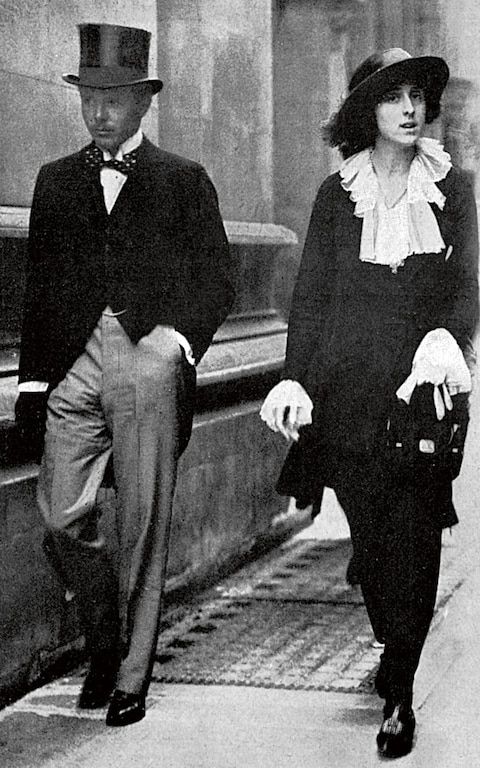
Besides the very old script and the spelling on the letters, it also tells us about the type of English that was used in the connection between high-ranking servants and it also demonstrates how it ended up in Knole. The person who writes the letter- Robert Draper is most likely a high-ranking official. But the intriguing fact about this letter is that the return address is in Copthall and not Knole.
How It Got There?
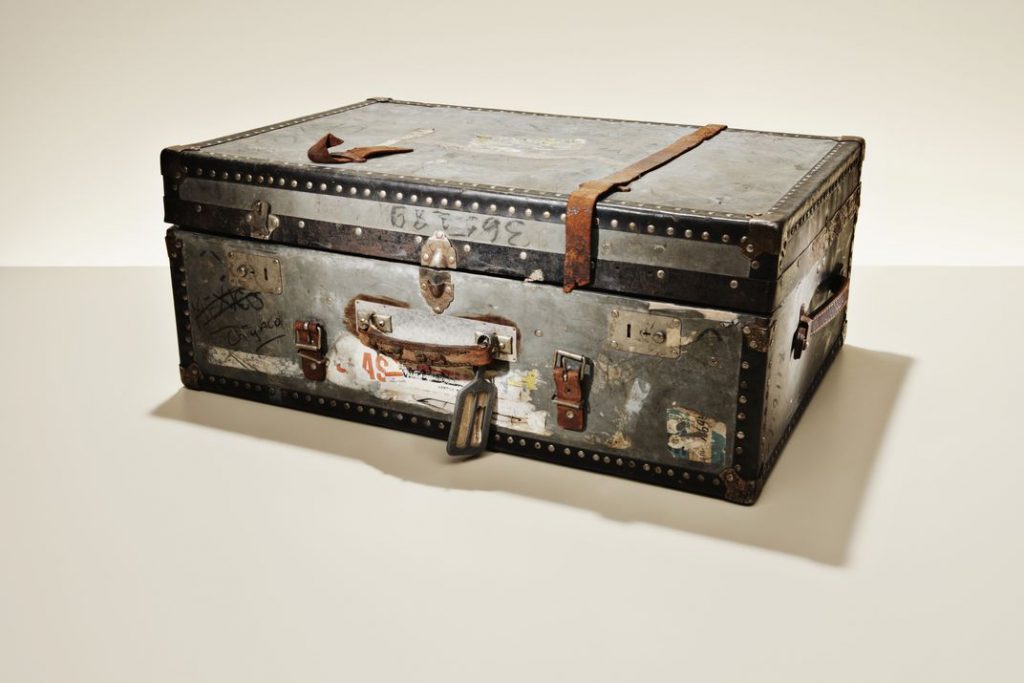
Now the thing that was to be deciphered was that how did the letter reach Knole.
The experts came out with a fact that the letter arrived in Knole due to the relations between the Cranfields- the people who lived in Copthall had with the Sackvilles of Knole.
Proof
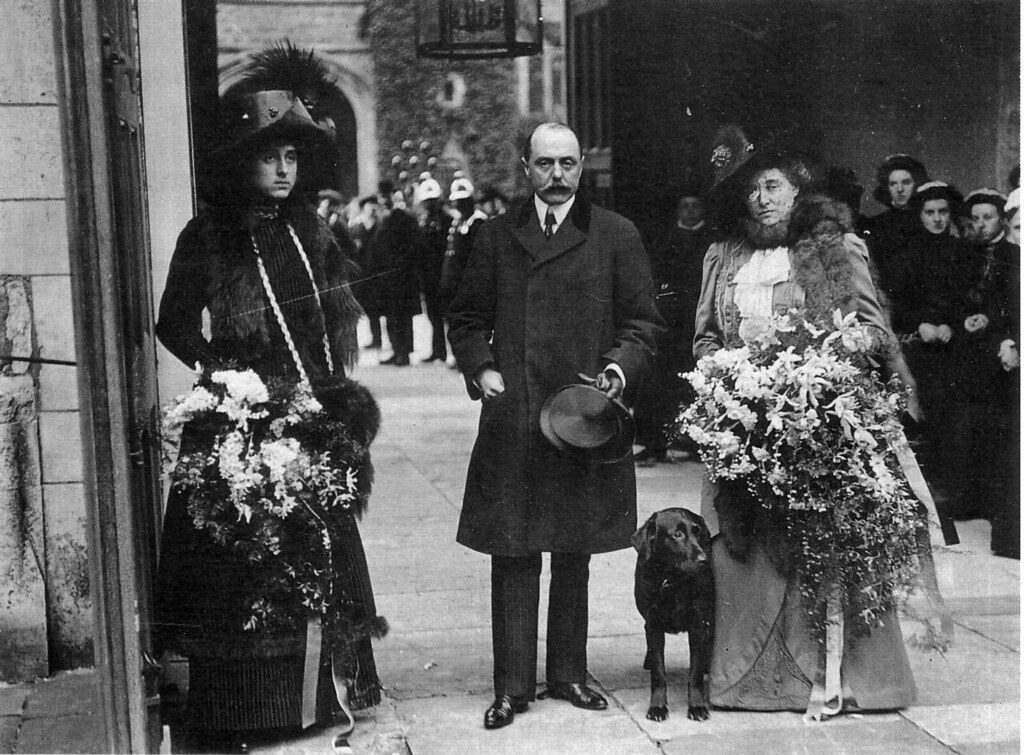
The theory that the experts gave was not apt until they came up with the proofs for the same. If the experts are to be believed then, Frances Cranfield who lived in Copthall was married to Richard Sackville, many years after the letter was written.
